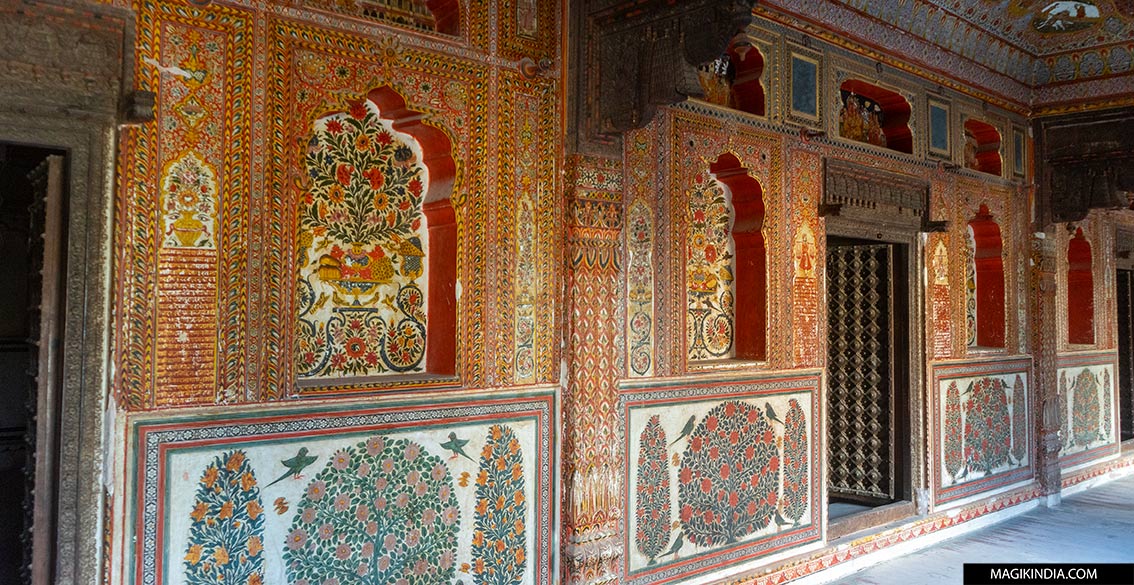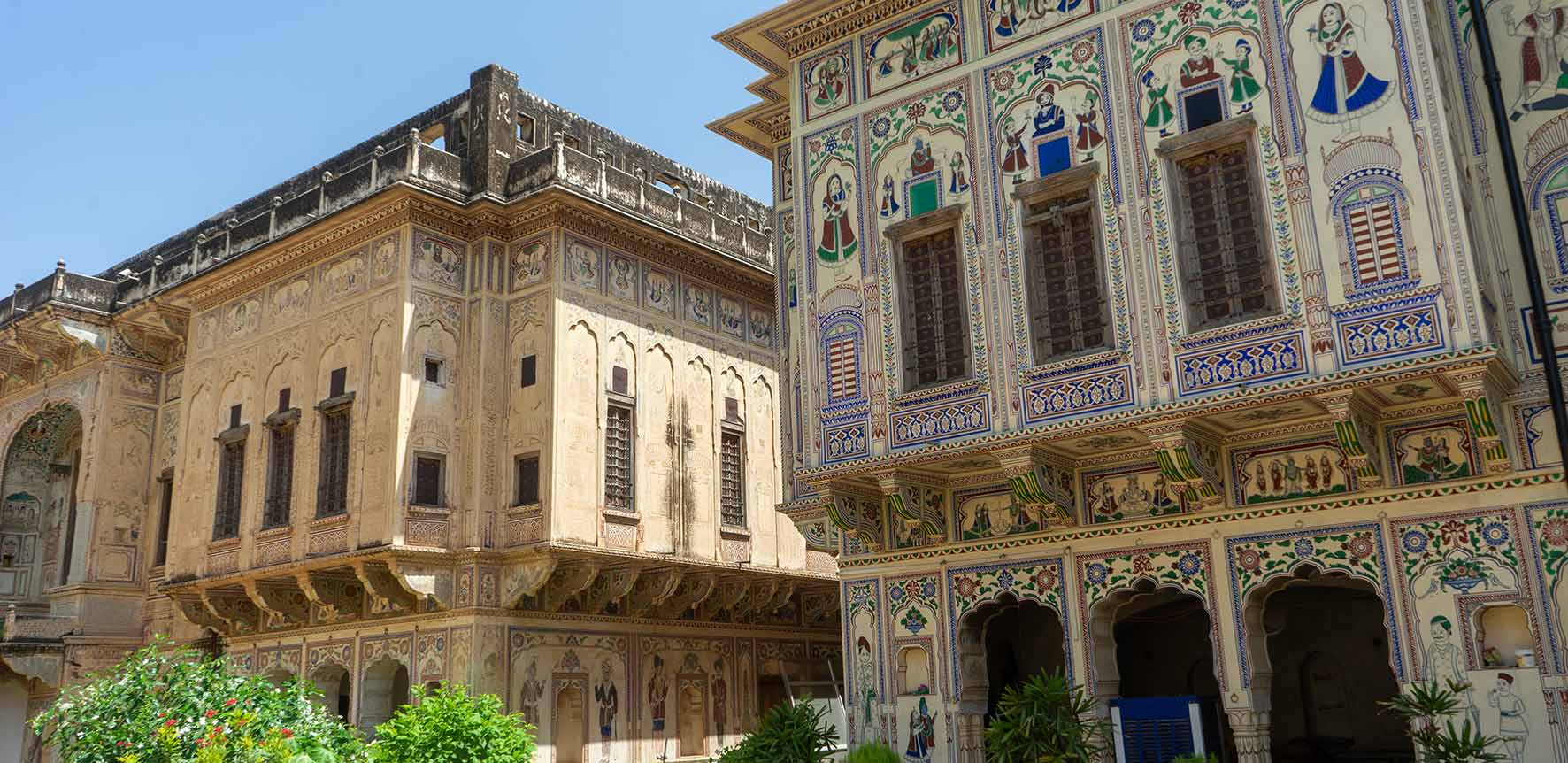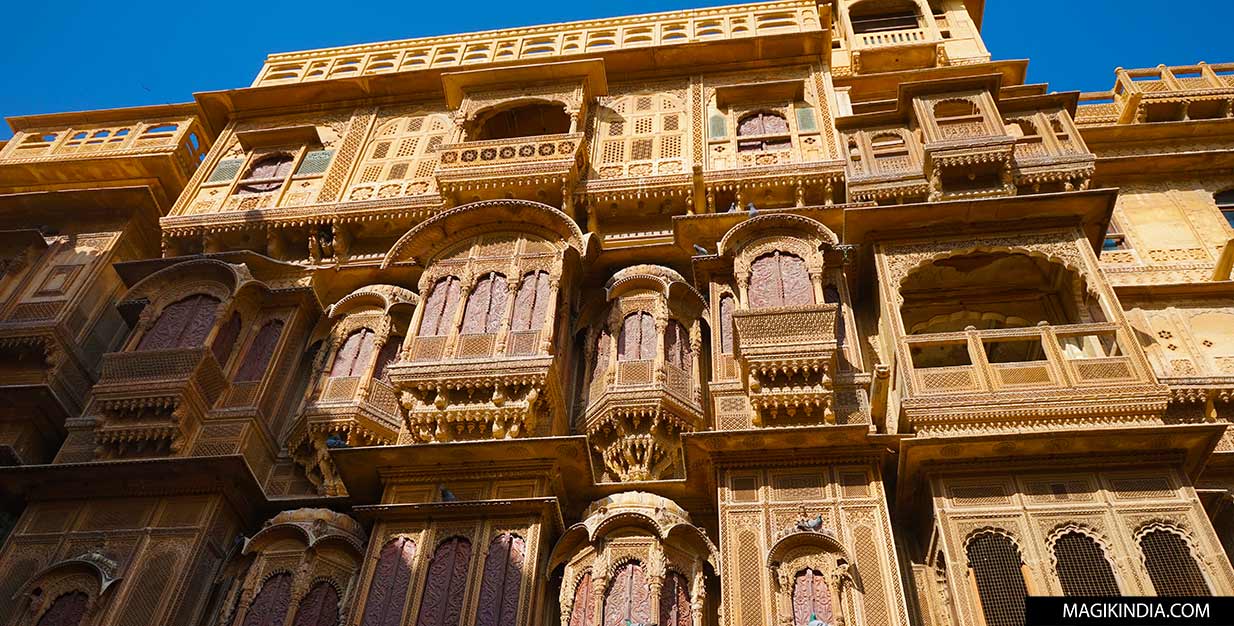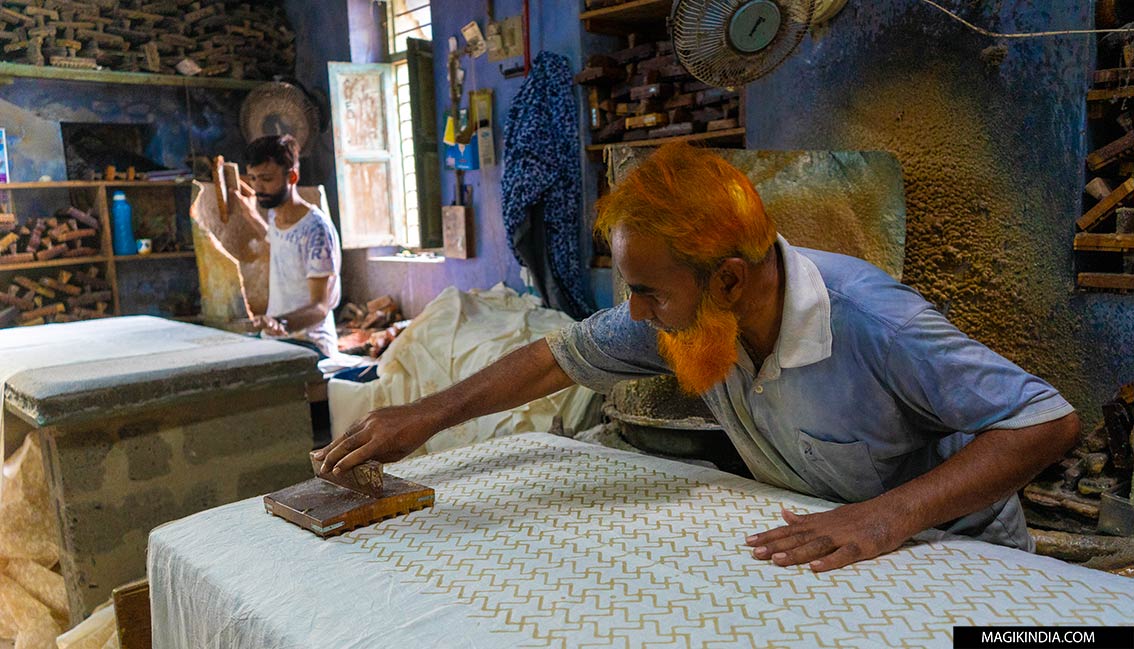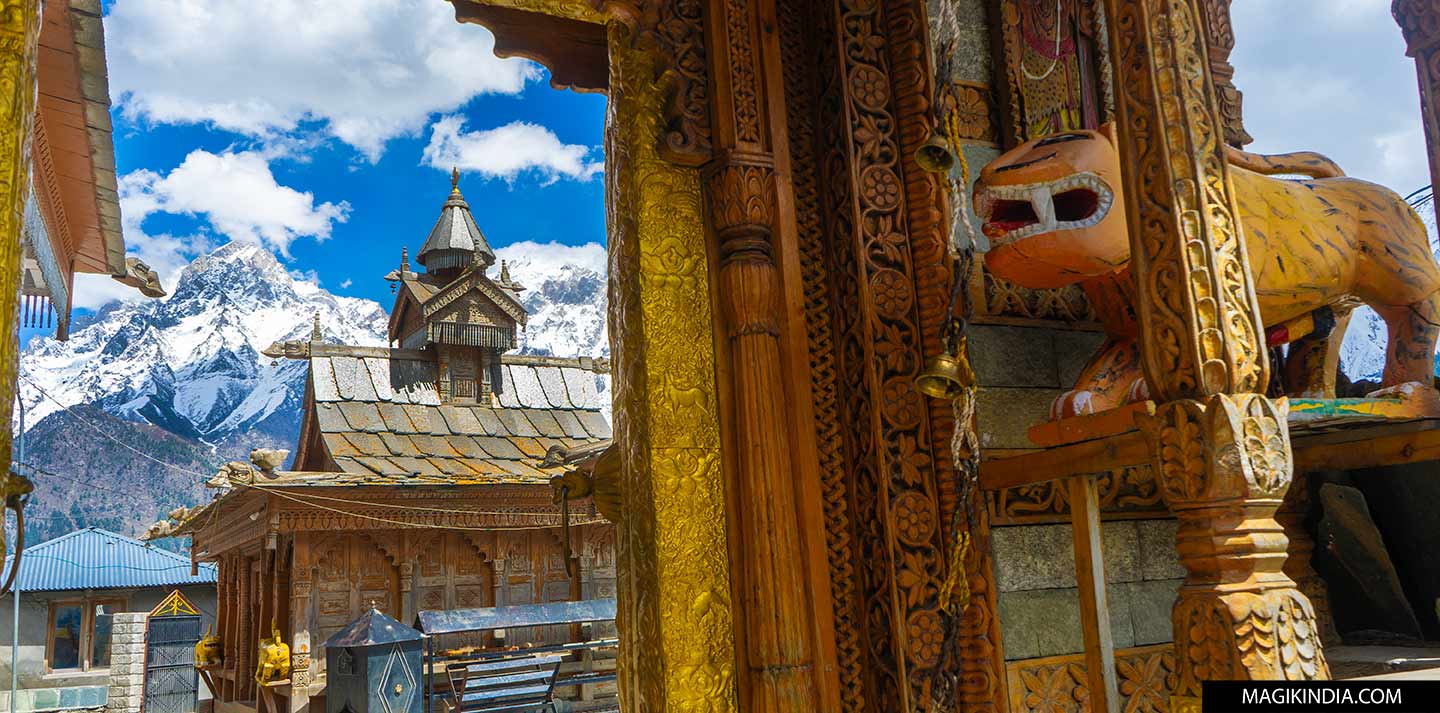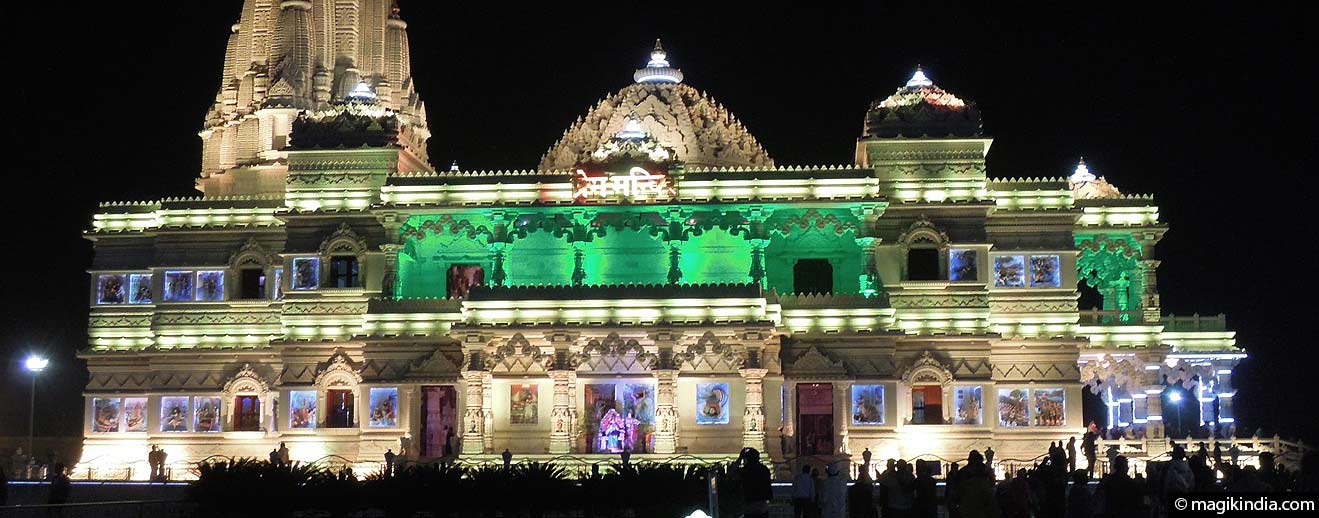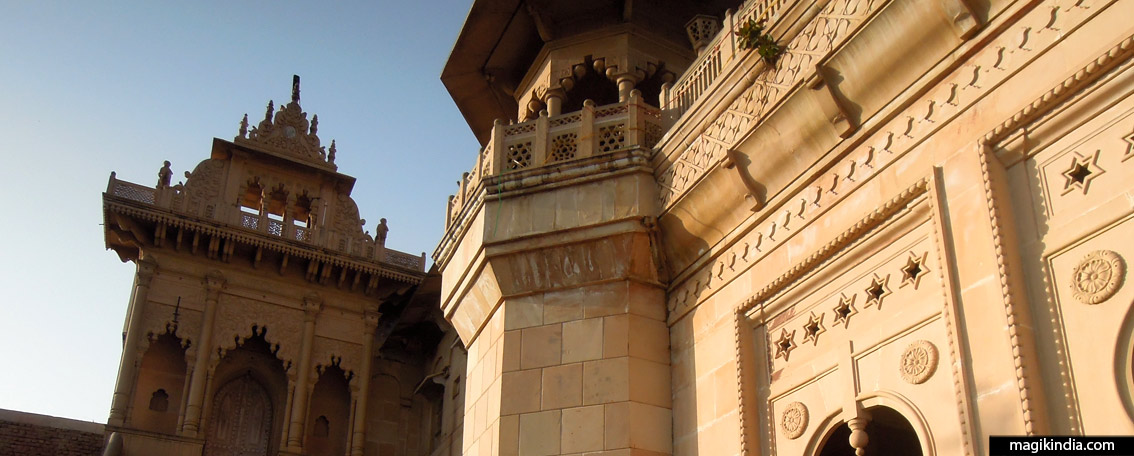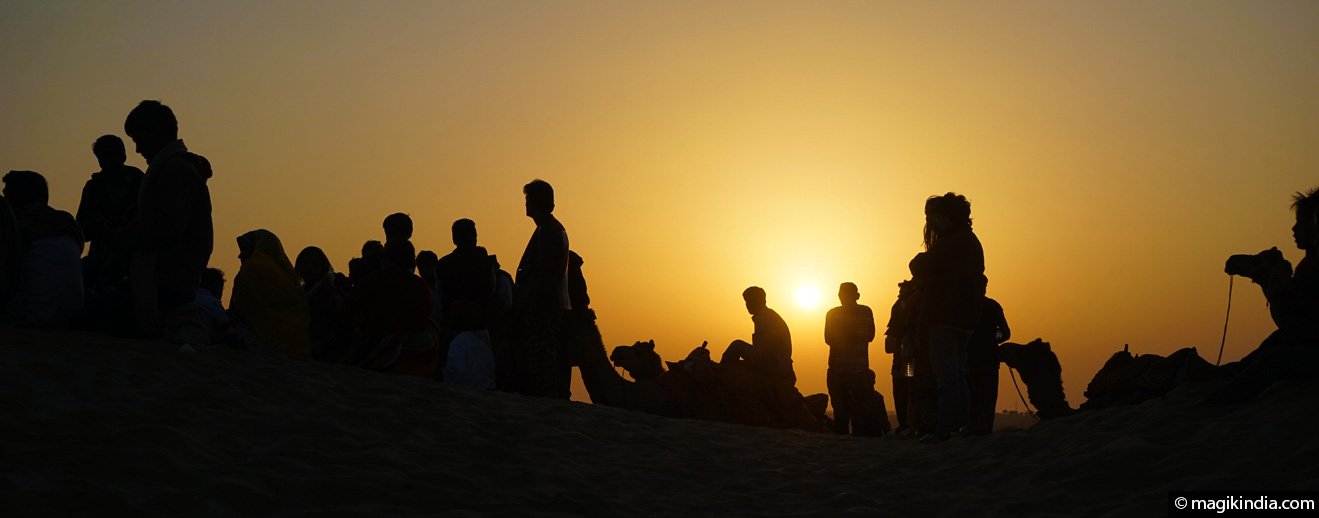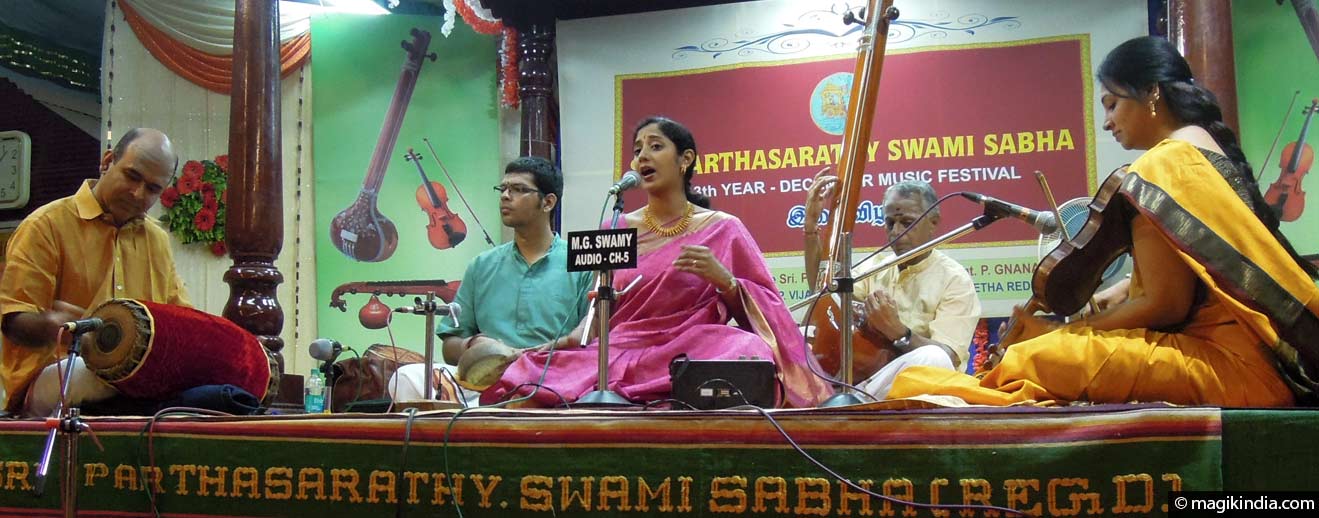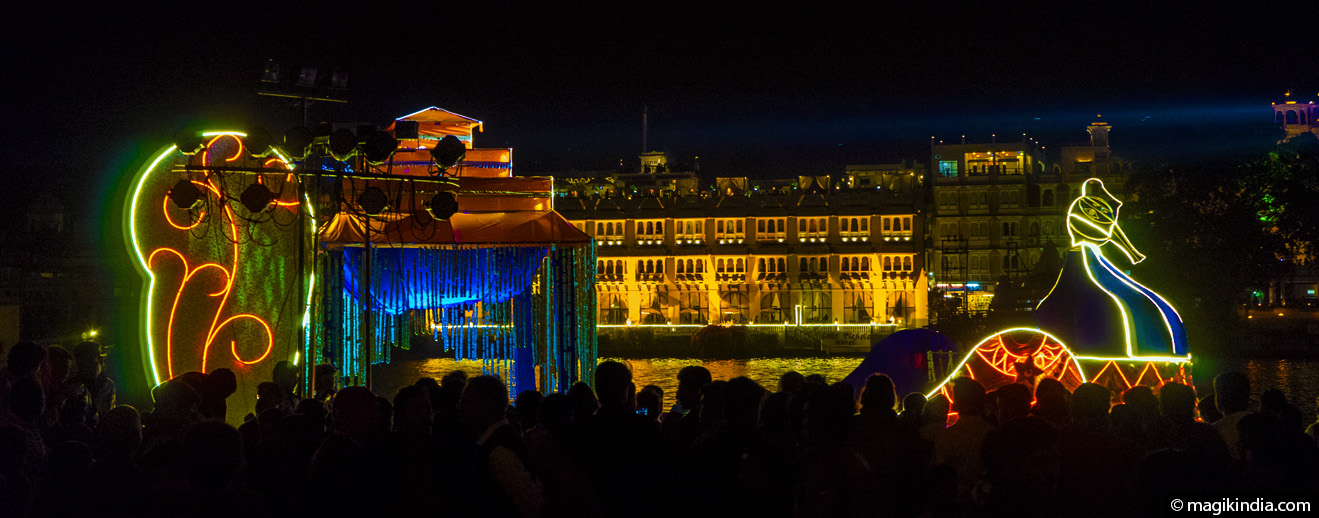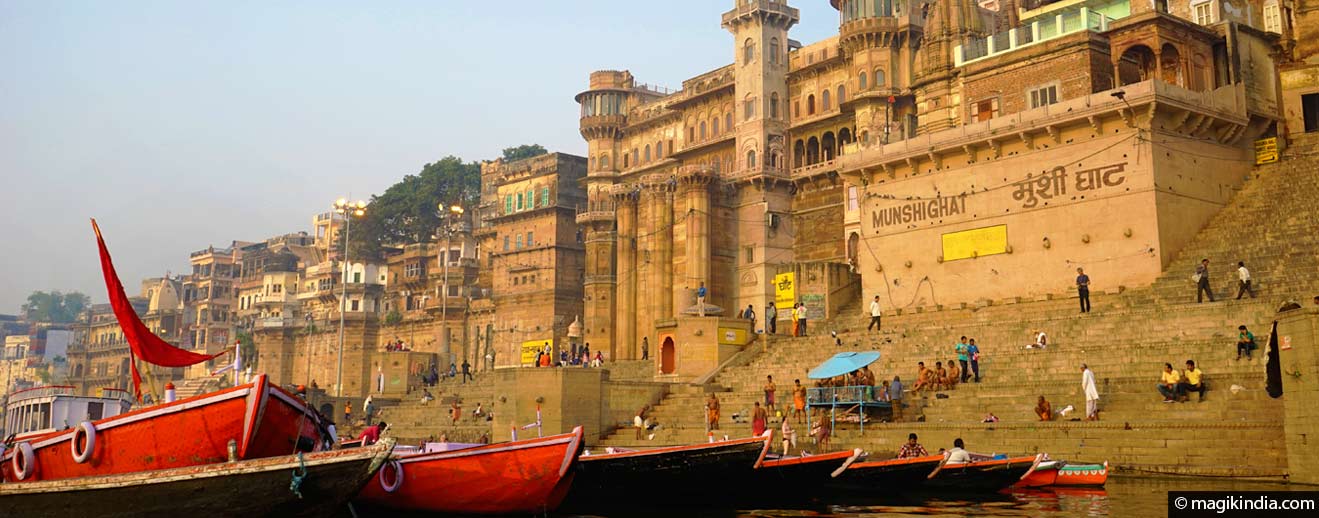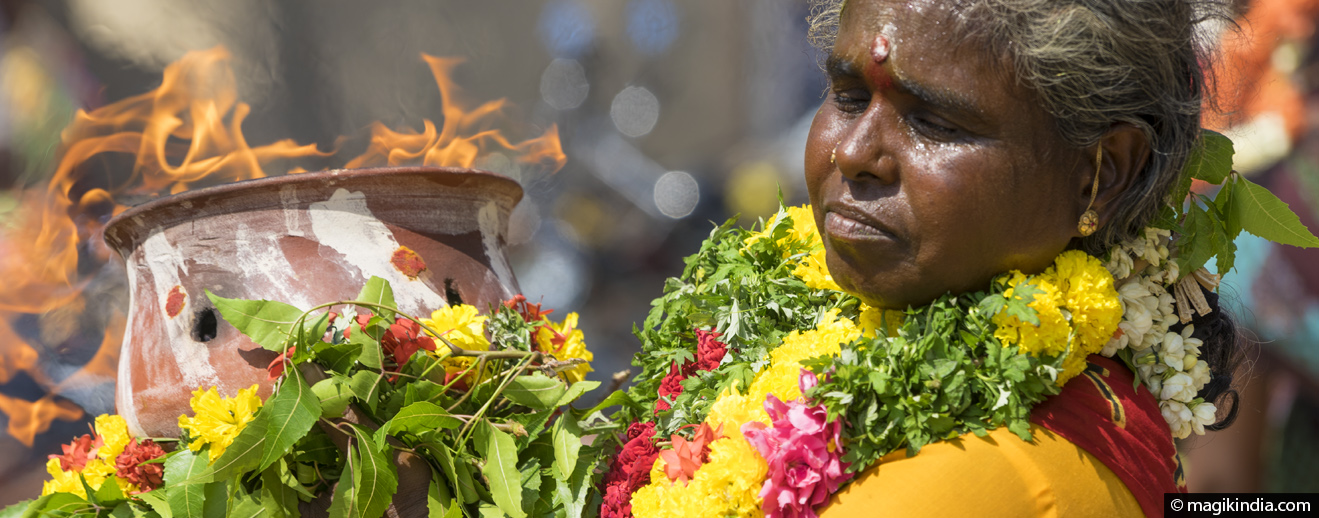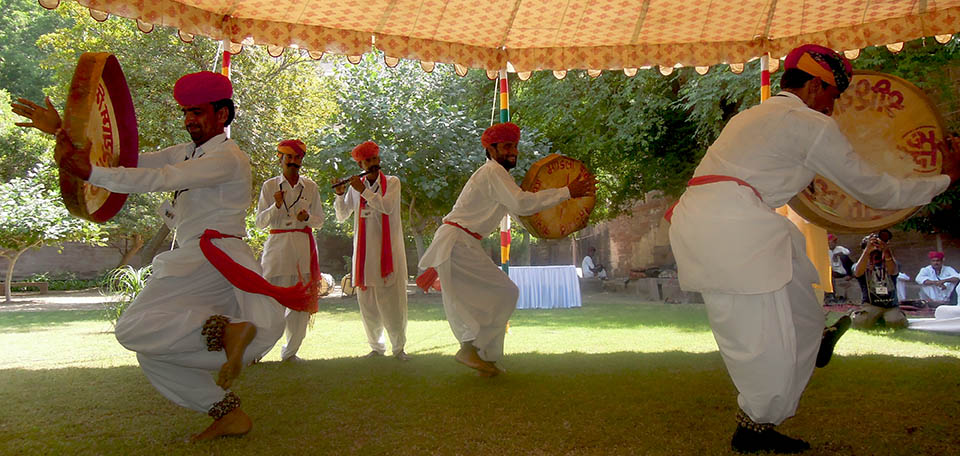
Namaskaram !
Welcome, Padharo ! I'm Mathini, a French woman who has been living in Rajasthan for 10 years. Despite being imbued with Indian culture from a young age it wasn't until 2014 that my Indian adventure really began. I left everything behind in France and set off on a 6-year journey through the land of Gandhi. These adventures are gathered in this blog which aspires, in an intentionally positive spirit, to bear witness to India's remarkably diverse and multifaceted cultural heritage. If this website sparks a desire to pack your bags and set off for an Indian adventure, it will have achieved its purpose. Subh Yatra on Magik India and beautiful explorations in the sacred land of Bharat...
Vrindavan, on the Yamuna river, is an important pilgrimage centre. Over 500,000 Hindu worshippers come to Vrindavan each year. They come to bathe in the atmosphere of the place and dance to the rhythm of the dark-faced Lord Krishna. It is said he spent part of his childhood here.
Barsana is a peaceful small town and an important pilgrimage centre for Hindus. It seems still to resonate with the divine love between Radha and Lord Krishna. The “temple of the beloved”, built like a Rajput palace, stands majestically on Bhanugarh hill. Absolutely not to be missed if you visit Mathura and Vrindavan.
The annual “Maargazhi Music and Dance festival” or “December Season” in Chennai (the former Madras), which overlaps between December and early January, is said to be one of the world’s largest cultural events. More than a thousand performances are given, with almost as many artists. For anyone who enjoys Indian classical music, this is indisputably the place to be.
Twice a year, the romantic town of Udaipur celebrates its lakes with a three-day Lake Festival highlighting the natural and architectural assets of the royal city. Floating markets and stimulating concerts are part of the festivities.
Palani temple is one of the most important temples to the Hindu god Muruga or Kartik, being the third of his Six Holy Abodes (aarupadai veedu). Like most Muruga temples it stands on a hilltop, 100km southeast of Coimbatore and it is buzzling with pilgrims dressed in yellow and green exclaiming ‘Haro Hara’ and dancing until they fall into a trance…
The Rajasthan International Folk Festival or RIFF is held yearly in Jodhpur, at Sharad Purnima (the brightest full moon of the year, usually in October), and lasts four days. It draws considerable crowds of world music fans, both Indian and foreign.

